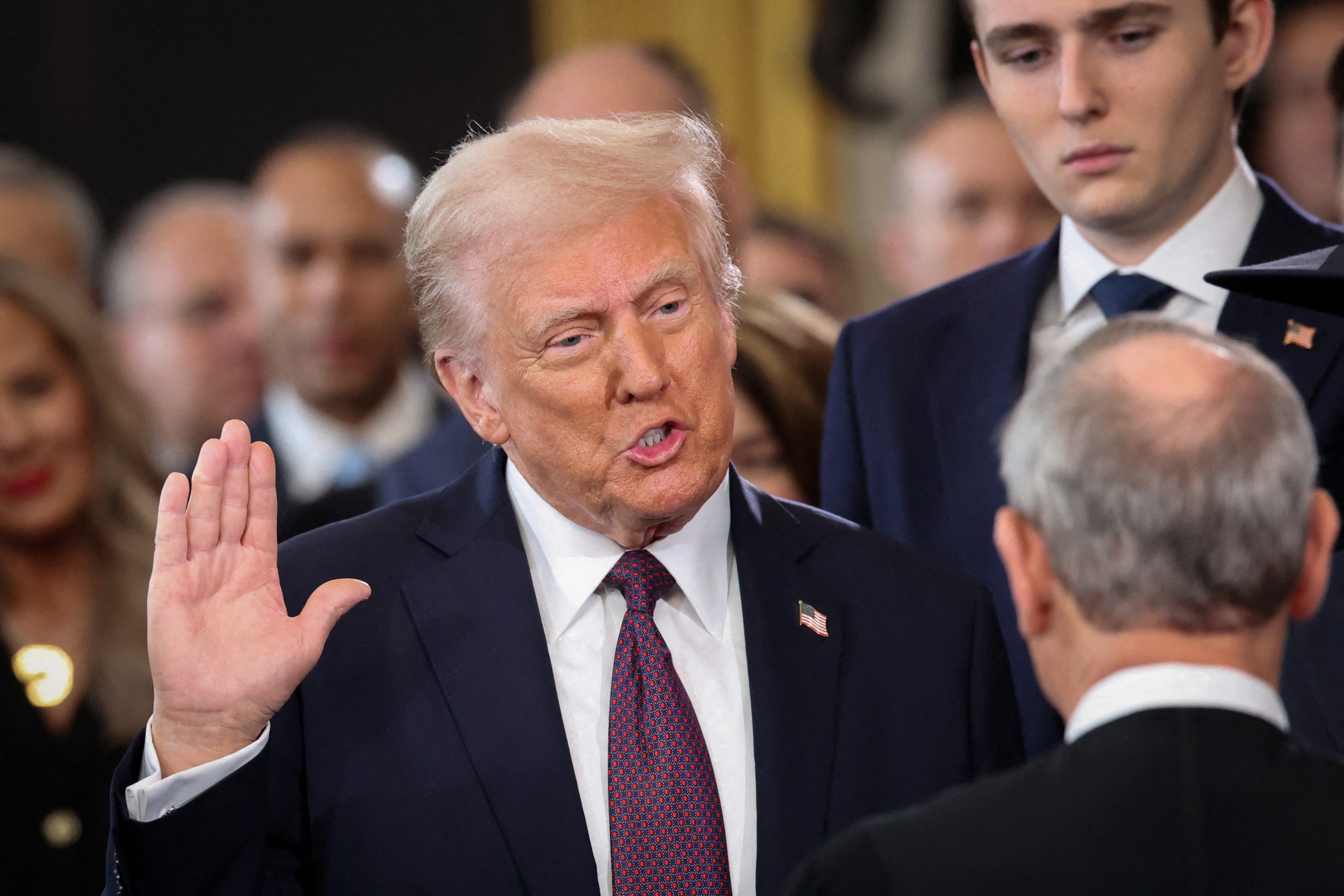- Friday, April 04, 2025
The most vulnerable are chemicals, metal products, and jewellery, followed by automobiles, pharmaceuticals, and food products, Citi analysts say

By: India Weekly
US PRESIDENT Donald Trump’s threat to impose reciprocal tariffs from early April is feeding anxiety in India’s export sectors from autos to agriculture, with Citi Research analysts estimating potential losses at about $7 billion a year.
Government officials waiting to learn how the tariffs will be calculated before they can assess their full economic impact, say they are readying plans to counter them as well as working on a proposal for a US trade deal to cut tariffs and grow two-way trade.
Here are key aspects of the impact of reciprocal tariffs on India:
Sectors at risk
The most vulnerable are chemicals, metal products, and jewellery, followed by automobiles, pharmaceuticals, and food products, Citi analysts say.
India’s merchandise exports to the United States, estimated at nearly $74 billion in 2024, included pearls, gems, and jewellery worth $8.5 billion, pharmaceuticals worth $8 billion, and petrochemicals amounting to about $4 billion.
At an aggregate level, India charged a weighted average tariff of about 11 per cent in 2023, around 8.2 percentage points higher than US tariffs on Indian exports, Citi estimates show.
US exports to India
US manufacturing exports to India, valued at nearly $42 billion in 2024, face significantly higher tariffs, ranging from 7 per cent on wood products and machinery to as much as 15 per cent to 20 per cent on footwear and transport equipment, and nearly 68 per cent on food items.
In a fact sheet last week, the White House said the US average applied Most Favored Nation (MFN) tariff on farm goods was 5 per cent compared to India’s 39 per cent.
India set a 100 per cent tariff on US motorcycles, compared to a US tariff of just 2.4 per cent on Indian motorcycles, it added.
Agriculture sector
If the United States decides to impose reciprocal tariffs on a broader range of farm products, India’s farm and food exports – where tariff differentials are the highest but trade volumes are low – would be among the hardest hit.
Textile, leather and wood products
The labour-intensive industries of textiles, leather and wood products face relatively lower risk, due to smaller tariff differentials or a limited share of US-India trade.
Additionally, many American companies make these products in South Asia and benefit from India’s free trade pacts, allowing them to sell them in the domestic market at lower tariffs.
Worst-case scenario
In the worst-case scenario of a uniform tariff hike of 10 per cent on all goods and services imported from India by the United States, the Indian economy could take a hit of 50-60 basis points, Standard Chartered Bank economists estimated, assuming a decline of 11 per cent to 12 per cent in imports.
What India can offer
To ease trade tension, India has already cut tariffs on several items, for example to 30% on high-end motorcycles from 50% and 100 per cent on bourbon whiskey from 150 per cent, while promising to review other tariffs, stepping up energy imports, and buying more defence equipment. (Reuters)